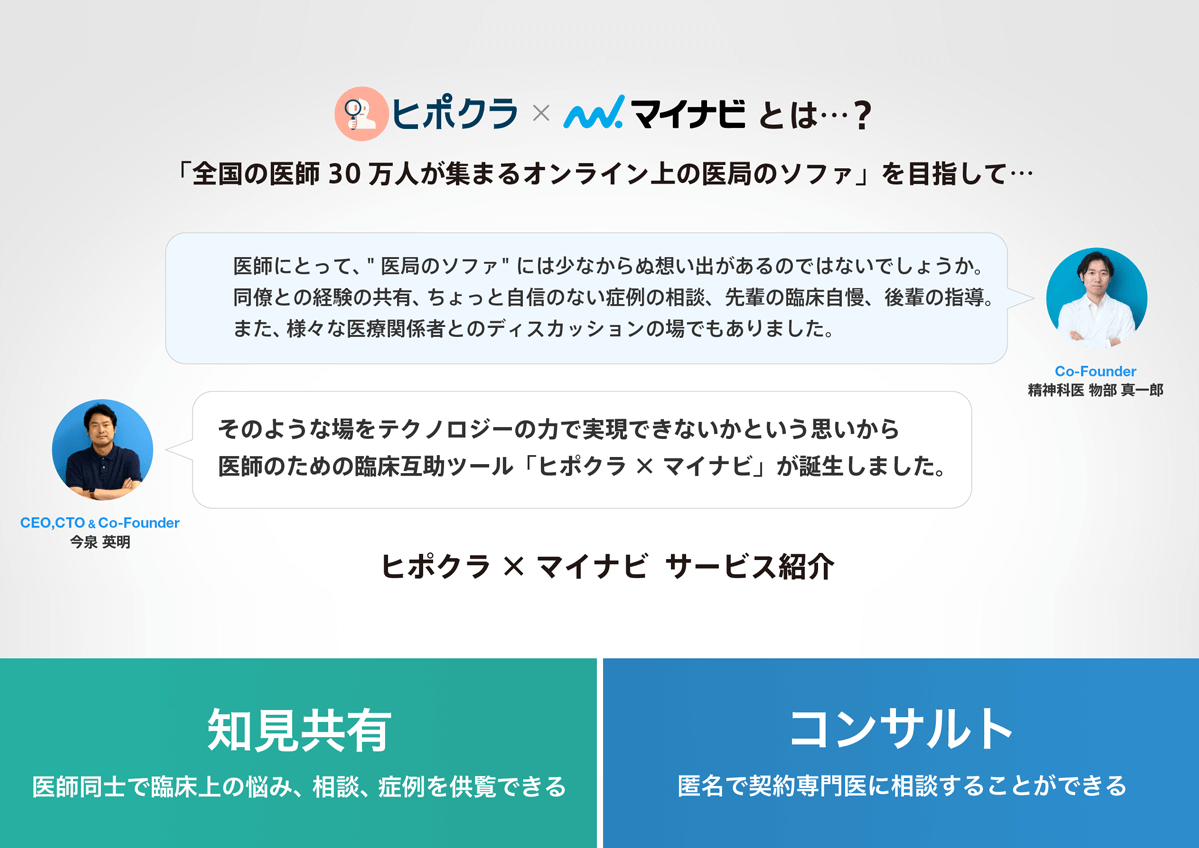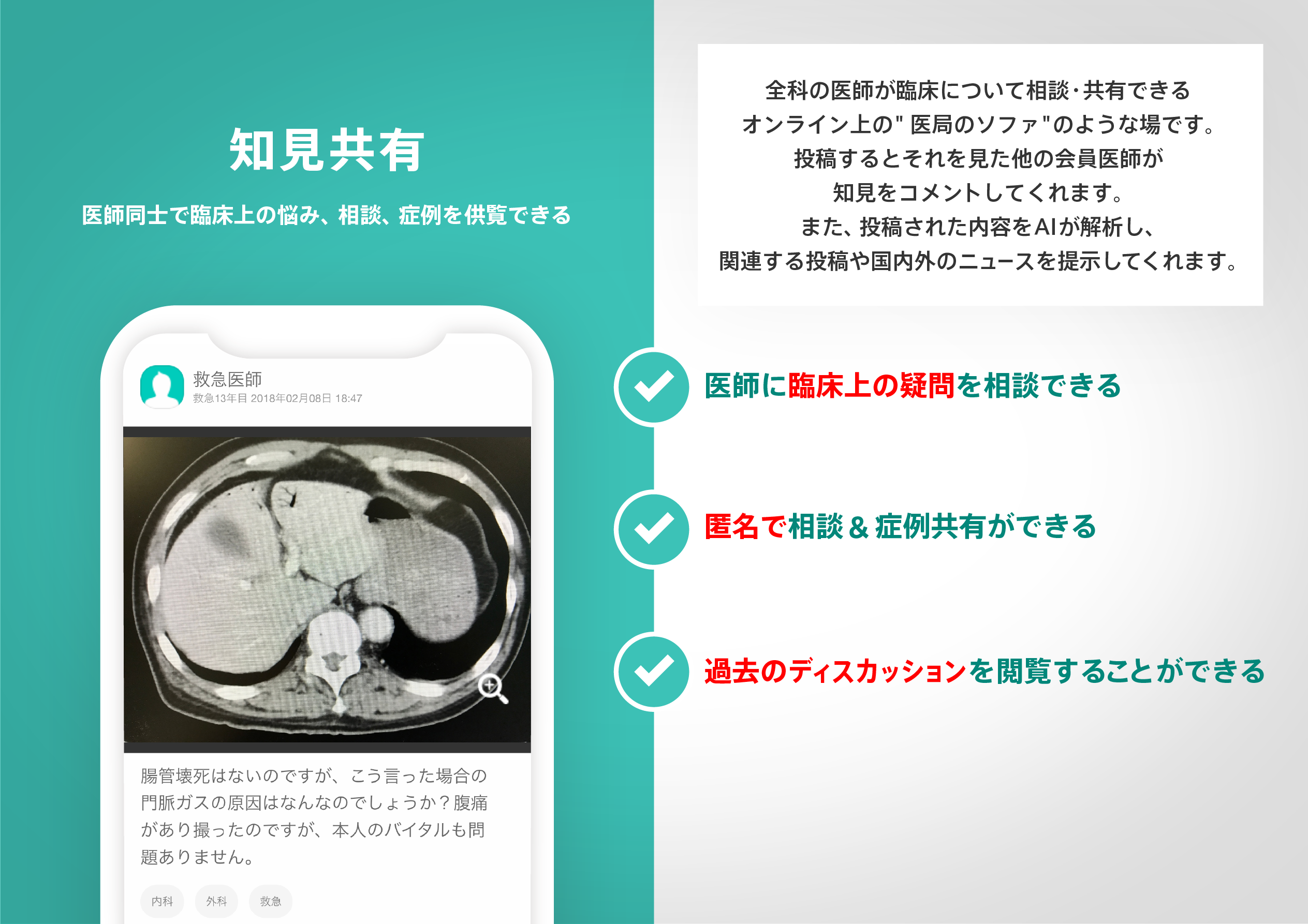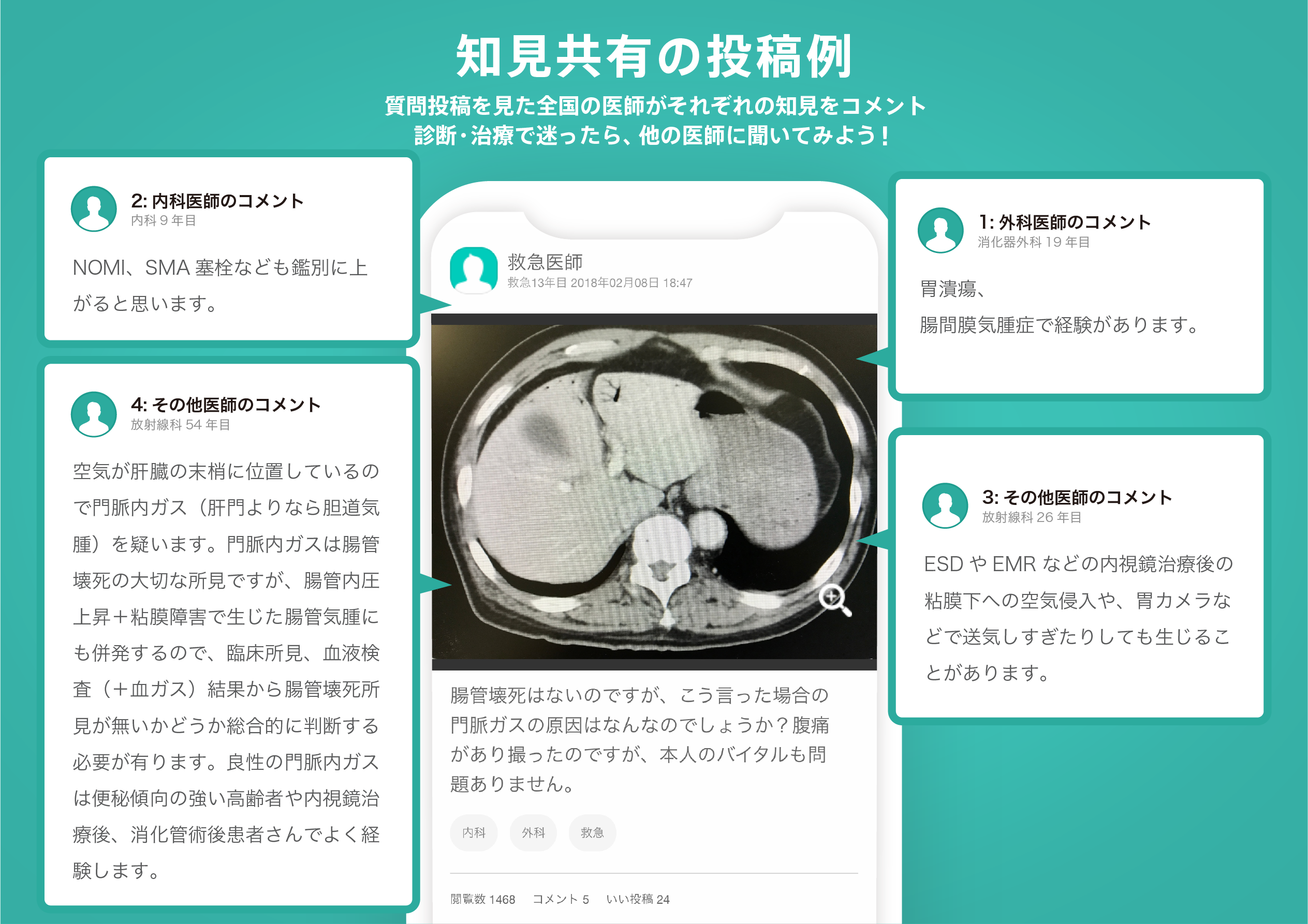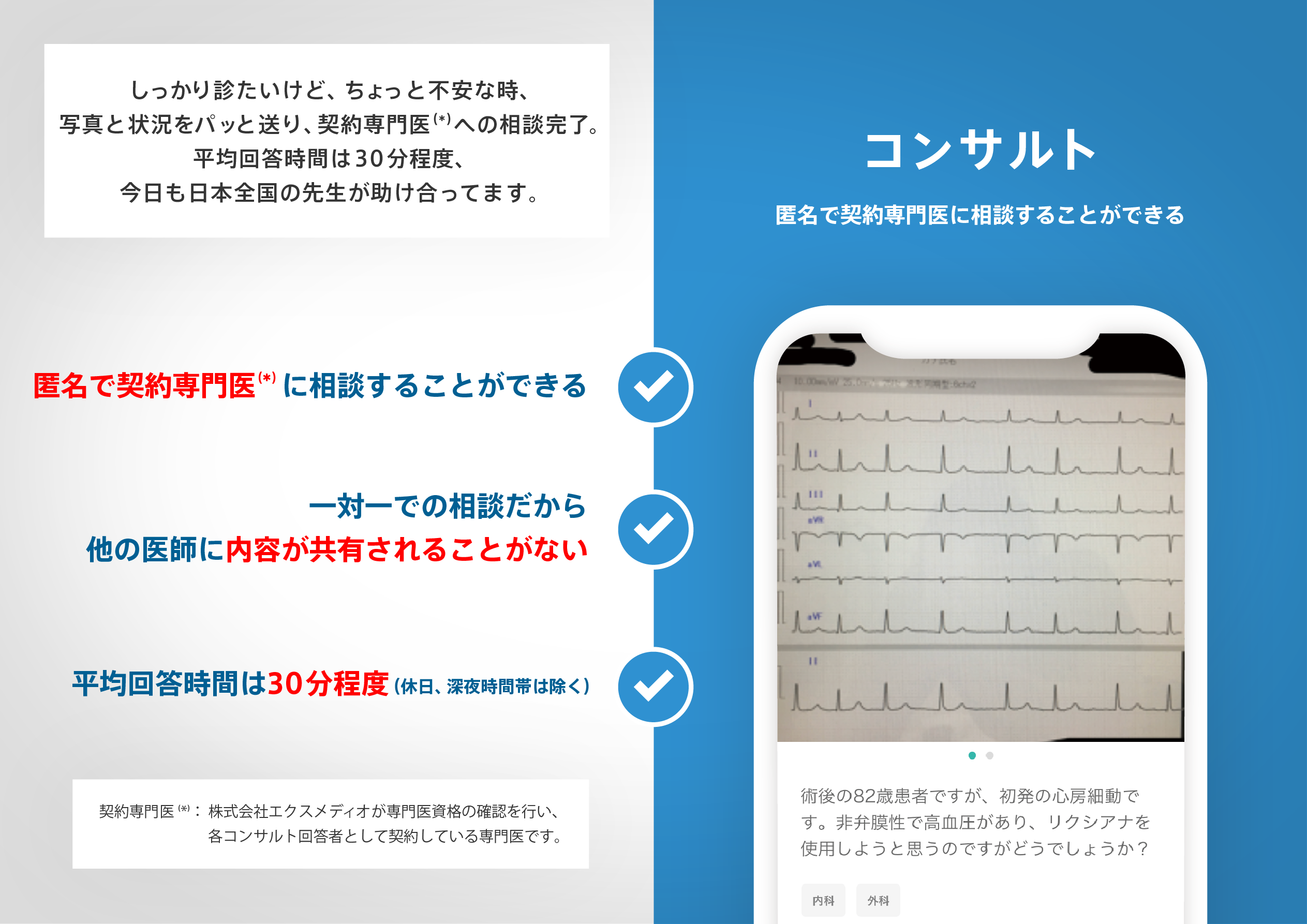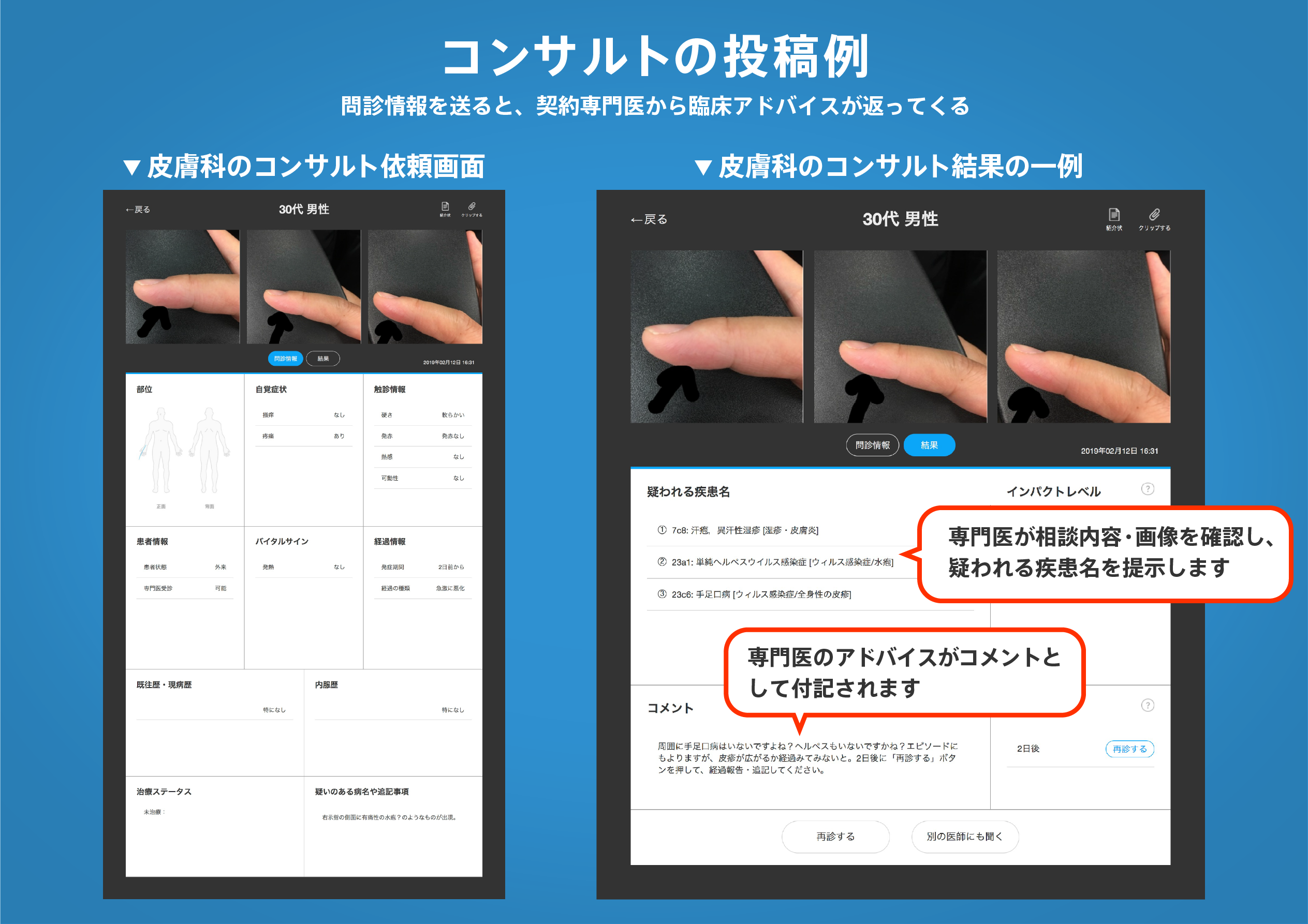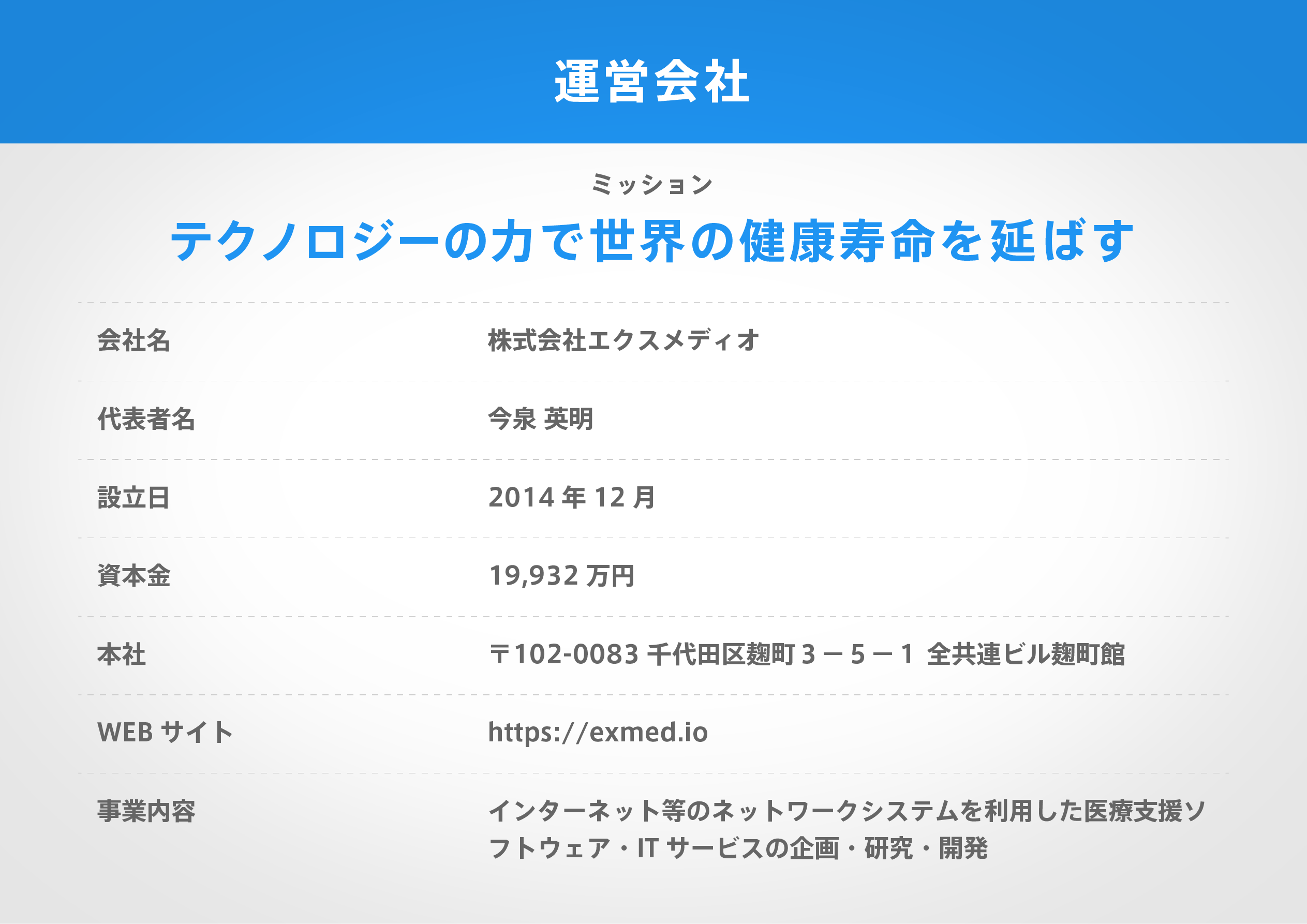著名医師による解説が無料で読めます
すると翻訳の精度が向上します
健康的な食品へのアクセスと消費の格差は、主要な公衆衛生上の懸念です。この研究は、13州とコロンビア地区で77のファーマーズマーケット(FMS)で実施された2年間のランダム化対照試験からの調査結果を報告しています。FMSで使用するための補足栄養支援プログラム(SNAP)受信者へのインセンティブレベル。対策には、FVおよび家庭用食品購入が含まれます。FV消費;食料不安;健康状態;市場支出;および人口統計。繰り返し測定の混合効果分析と、成果を調べるために、平均的な因果効果(CACE)を使用しました。前年の食料不安を報告している82%にもかかわらず、調査結果は、FMSの金融インセンティブがFV消費に統計的に有意なプラスの効果をもたらすことを示しました。インセンティブを追加すると、市場の支出が増加しました。SNAP 1.00ごとに0.40米ドルのインセンティブを受け取ったSNAP受信者は、トランザクションあたり平均19.03米ドルを費やしましたが、1(2:1)ごとに2米ドルを受け取った人は、トランザクションあたり平均36.28米ドルを費やしました。データは、最高レベルのインセンティブプログラム(2:1)がSNAP FM支出とFV消費を最大増加させ、インセンティブを使用した人の間で1日0.31カップ増加することを示しました(CACEモデル)。
健康的な食品へのアクセスと消費の格差は、主要な公衆衛生上の懸念です。この研究は、13州とコロンビア地区で77のファーマーズマーケット(FMS)で実施された2年間のランダム化対照試験からの調査結果を報告しています。FMSで使用するための補足栄養支援プログラム(SNAP)受信者へのインセンティブレベル。対策には、FVおよび家庭用食品購入が含まれます。FV消費;食料不安;健康状態;市場支出;および人口統計。繰り返し測定の混合効果分析と、成果を調べるために、平均的な因果効果(CACE)を使用しました。前年の食料不安を報告している82%にもかかわらず、調査結果は、FMSの金融インセンティブがFV消費に統計的に有意なプラスの効果をもたらすことを示しました。インセンティブを追加すると、市場の支出が増加しました。SNAP 1.00ごとに0.40米ドルのインセンティブを受け取ったSNAP受信者は、トランザクションあたり平均19.03米ドルを費やしましたが、1(2:1)ごとに2米ドルを受け取った人は、トランザクションあたり平均36.28米ドルを費やしました。データは、最高レベルのインセンティブプログラム(2:1)がSNAP FM支出とFV消費を最大増加させ、インセンティブを使用した人の間で1日0.31カップ増加することを示しました(CACEモデル)。
Disparities in healthy food access and consumption are a major public health concern. This study reports the findings from a two-year randomized control trial conducted at 77 farmers' markets (FMs) in 13 states and the District of Columbia that sought to understand the impact of fruit and vegetable (FV) incentive vouchers, randomly issued at varied incentive levels to Supplemental Nutrition Assistance Program (SNAP) recipients, for use at FMs. Measures included FV and overall household food purchasing; FV consumption; food insecurity; health status; market expenditure; and demographics. A repeated-measures mixed-effects analysis and the Complier Average Causal Effect (CACE) were used to examine outcomes. Despite 82% reporting food insecurity in the prior year, the findings showed that financial incentives at FMs had statistically significant, positive effects on FV consumption; market expenditures increased with added incentives. SNAP recipients receiving an incentive of USD 0.40 for every USD 1.00 in SNAP spent an average of USD 19.03 per transaction, while those receiving USD 2 for every USD 1 (2:1) spent an average of USD 36.28 per transaction. The data showed that the incentive program at the highest level (2:1) maximally increased SNAP FM expenditure and FV consumption, increasing the latter by 0.31 daily cups among those who used their incentive (CACE model).
医師のための臨床サポートサービス
ヒポクラ x マイナビのご紹介
無料会員登録していただくと、さらに便利で効率的な検索が可能になります。

